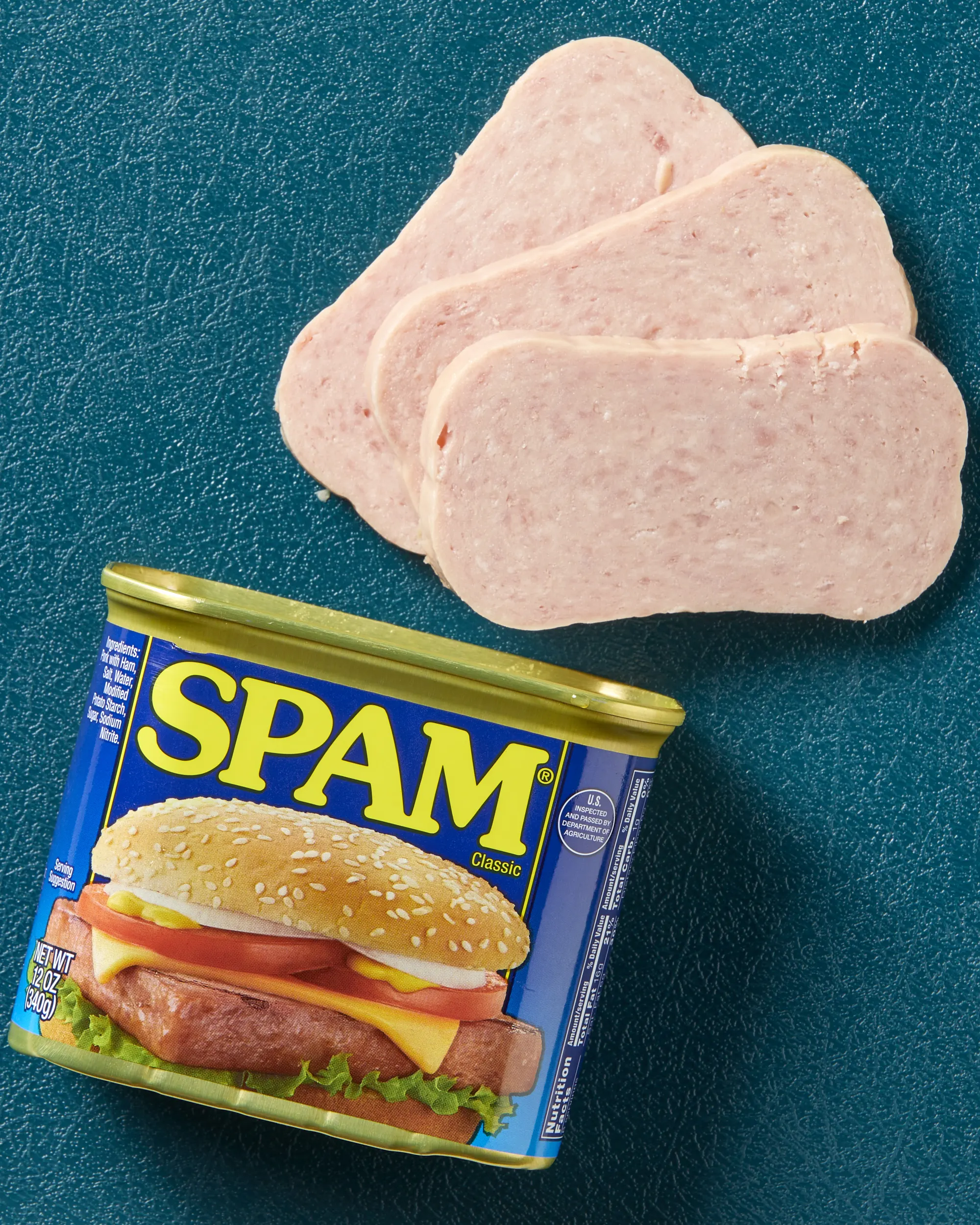Let’s talk about sodium nitrite for a bit. This chemical frequently generates questions and concerns because it is commonly employed as a preservative in processed meats. Sodium nitrite inhibits bacterial development and prevents spoiling, ensuring that the SPAM remains fresh and safe to eat for an extended period. Some people want to reduce their salt consumption.

Interestingly, the name “SPAM” has a story of its own. It was proposed by Ken Daigneau, a prominent actor and the brother of a Hormel Foods CEO. Hormel Foods hosted a naming contest, and Ken came up with the name. He received a $100 reward for his effort, which was a large sum back in the late 1930s. Ken had no idea that his concept would become a household name and a staple of popular culture.
SPAM has evolved beyond its humble origins to become more than just canned pork. It has become a cultural phenomenon, generating innovative recipes, appealing songs, and even theatrical productions. Its adaptability allows it to be fried, baked, grilled, or just consumed straight from the can. From breakfast scrambles and sandwiches to pizza toppings and sushi fillings, SPAM has no culinary limitations.

Hormel Foods introduced SPAM in 1937 in Austin, Minnesota, and it continues to be a culinary icon and source of intrigue. While we don’t know the original origins of the word, we do know that SPAM is created from pig, ham, and a few additional elements. Whether you love it or haven’t tried it yet, SPAM continues to fascinate palates and inspire culinary innovation all around the world. So, the next time you see that distinctive blue and yellow can, don’t hesitate to give SPAM a try; you might just discover a new favorite ingredient in your kitchen!

